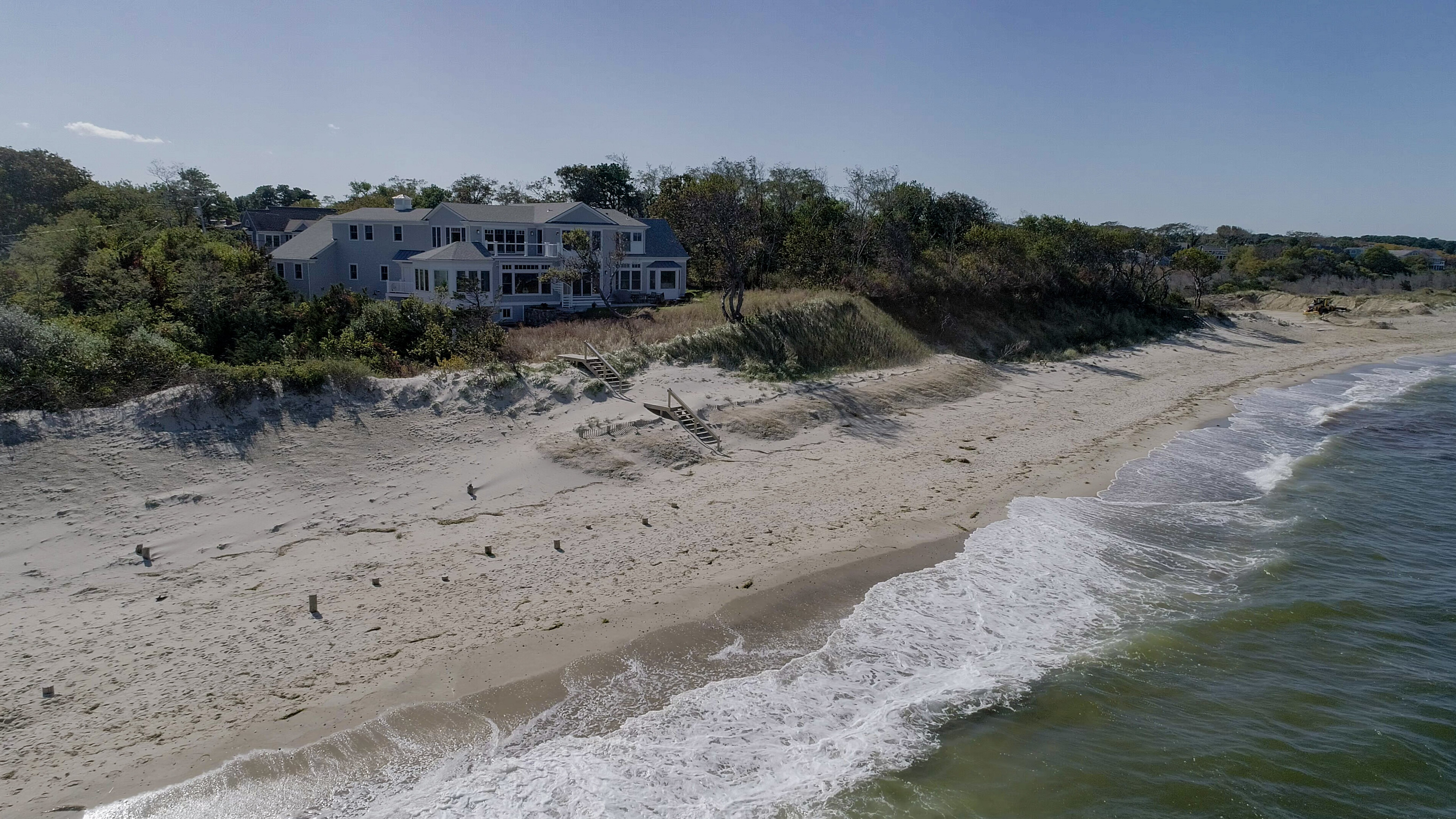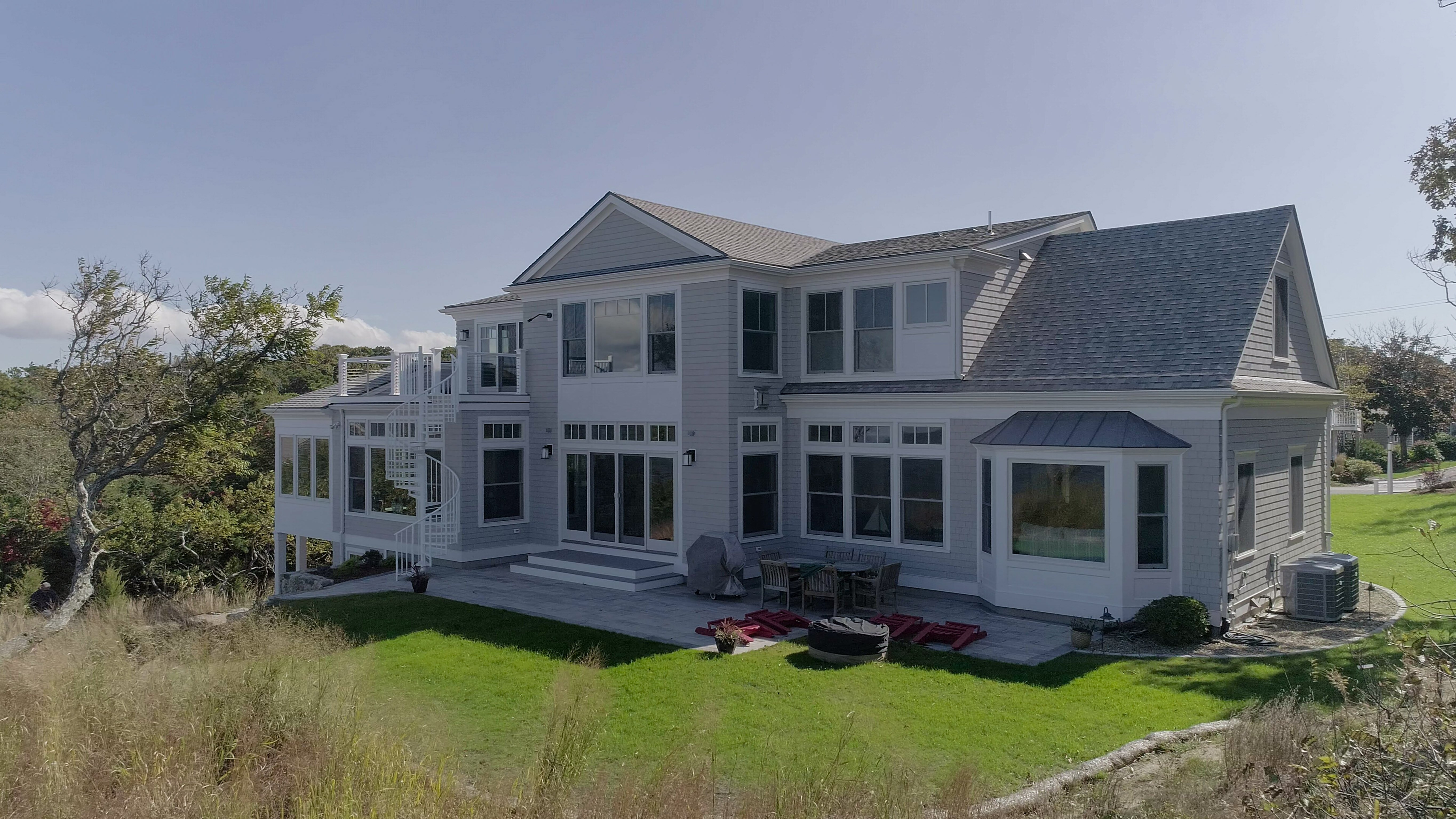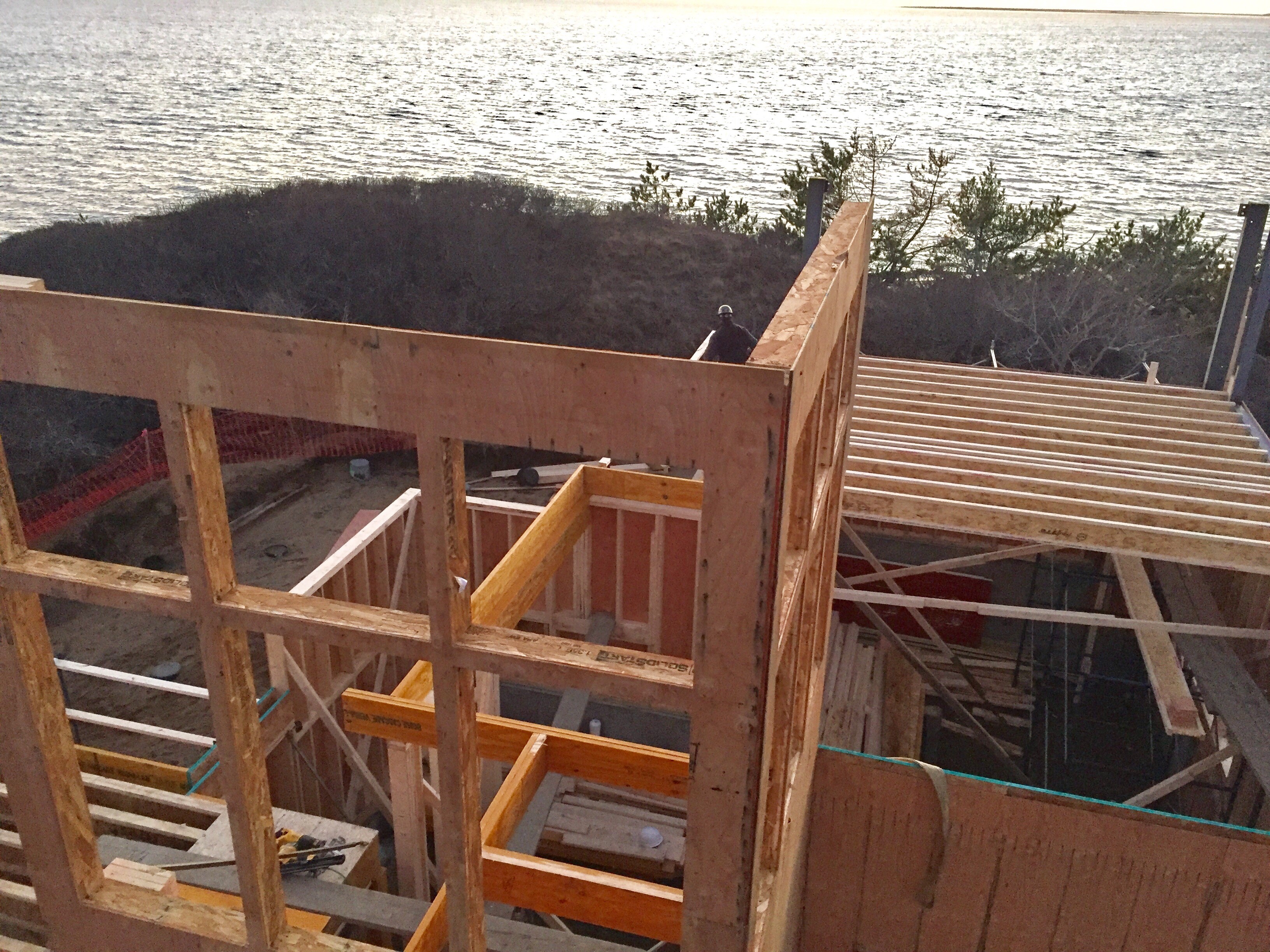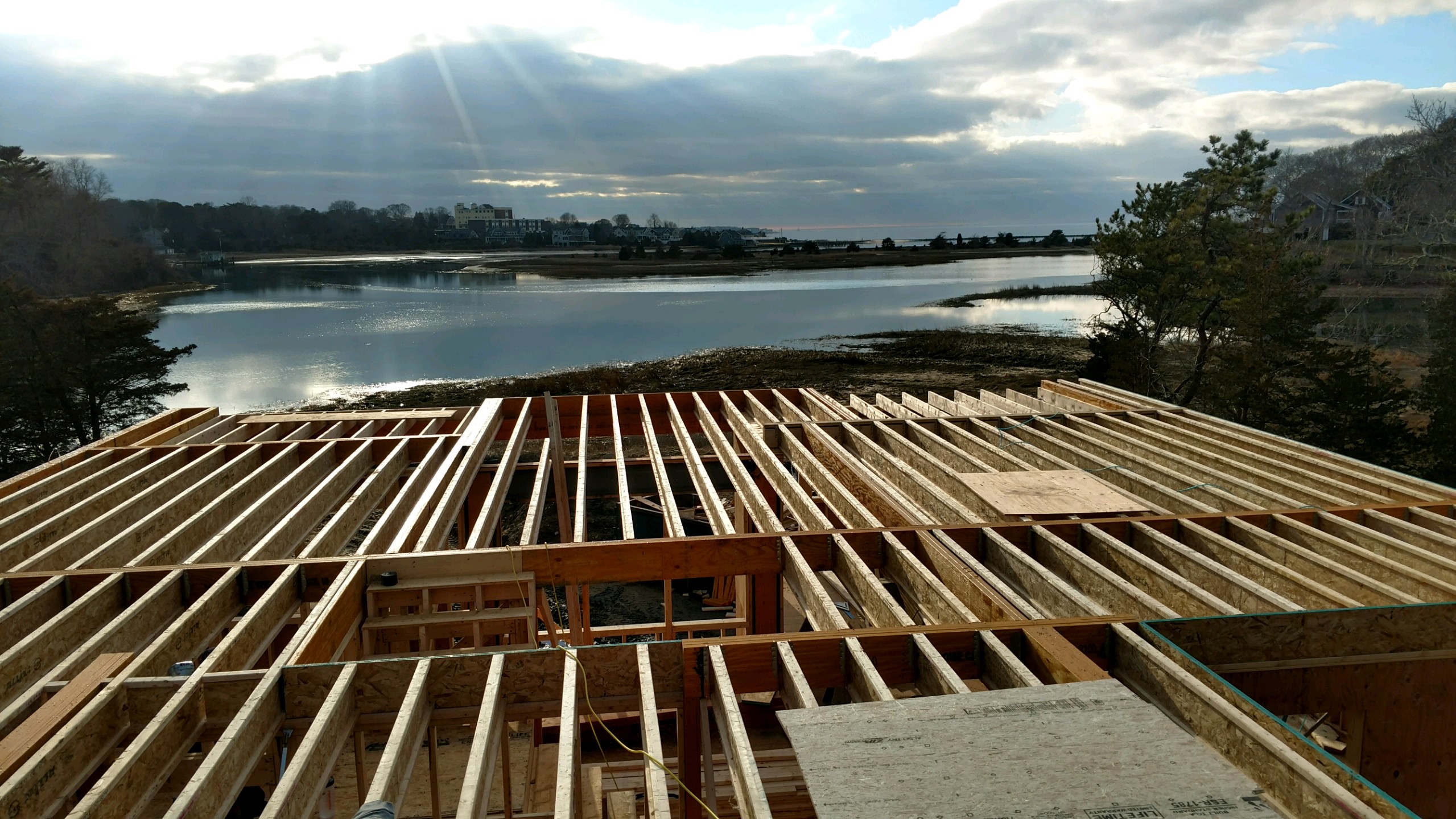Understanding Coastal Erosion: The Science Behind the Threat
Coastal erosion is a natural process whereby soil, sand, and rock are displaced by wind, water, and other geological activities. This relentless force reshapes coastlines over time, but its acceleration in recent years poses a significant threat to coastal communities worldwide. Influenced by factors such as rising sea levels, increased storm frequency, and human activities, erosion has become a pressing environmental concern. Understanding the mechanics behind this phenomenon is crucial for developing effective mitigation strategies and safeguarding vulnerable areas.

The process begins with wave action, which gradually wears away the shoreline. Over time, this can lead to significant land loss, especially where natural buffers like dunes and vegetation have been compromised. Human interventions, such as construction and land reclamation, often exacerbate the situation by disrupting natural sediment movements and exacerbating the effects of erosion. By examining these processes, scientists and policymakers can better predict future changes and implement solutions to protect at-risk communities.
The Case of Wellfleet: A Home on the Brink
Wellfleet, a picturesque town on Cape Cod, Massachusetts, exemplifies the urgent threat of coastal erosion. One particular home, perched precariously on the edge of the cliffs above Cape Cod Bay, is a stark reminder of nature's power. Predicted to fall into the bay by 2025, this property highlights the immediacy of the erosion crisis facing Wellfleet and similar communities.
The home's impending collapse is not just a personal tragedy for its owners but also a symbol of the broader challenges facing coastal regions. As erosion continues to claim land, homes, and infrastructure, the economic and emotional toll on residents mounts. Community efforts to combat this threat have included beach nourishment projects, seawall construction, and relocation strategies. However, the scale and complexity of the issue demand more comprehensive approaches to ensure long-term resilience.

Impact on Local Communities and Economies
The effects of coastal erosion extend far beyond individual properties. As land disappears, entire neighborhoods are at risk, disrupting local economies and community cohesion. In Wellfleet, tourism and fishing—key economic drivers—are particularly vulnerable. Beaches eroded by waves and storms can deter visitors, while declining fish stocks impact local livelihoods.
Moreover, the erosion threat affects property values and insurance rates, creating financial burdens for homeowners and local governments alike. As the coastline retreats, vital infrastructure, such as roads and utilities, faces increased risk, necessitating costly repairs and adaptations. Communities must grapple with these challenges, balancing the need for immediate action with long-term planning to protect their way of life.
The Role of Climate Change in Accelerating Erosion
Climate change plays a significant role in exacerbating coastal erosion. Rising global temperatures contribute to melting polar ice caps and thermal expansion of seawater, leading to rising sea levels. This, in turn, increases the frequency and intensity of coastal storms, which further accelerate erosion processes. In Wellfleet and other vulnerable areas, the consequences of climate change are increasingly evident, with shorelines receding at alarming rates.
As climate change continues to impact weather patterns and sea levels, the urgency to address coastal erosion intensifies. Mitigation efforts must consider the long-term implications of climate change, integrating scientific research and predictive models to inform decision-making and ensure sustainable coastal management.

Exploring Potential Solutions and Mitigation Strategies
Addressing coastal erosion requires a multifaceted approach that combines engineering solutions, policy interventions, and community engagement. In Wellfleet, efforts to combat erosion have included both hard and soft engineering techniques. Hard engineering methods, like seawalls and groynes, aim to protect the shoreline by absorbing wave energy and preventing further land loss. However, these solutions can be expensive and may have unintended environmental impacts.

Soft engineering strategies, such as beach nourishment and dune restoration, offer more sustainable alternatives by enhancing natural defenses against erosion. These methods can provide long-term benefits by improving habitat quality and resilience. In addition to engineering solutions, policy measures like zoning regulations and managed retreat are crucial for reducing risk and ensuring community safety.
Engaging local communities in these efforts is vital for success. Public awareness campaigns and participatory planning processes can empower residents to take action and support policy changes. By fostering collaboration between government agencies, scientists, and citizens, communities can build resilience against the challenges of coastal erosion.
Lessons for Coastal Communities Worldwide
Wellfleet's experience offers valuable lessons for coastal communities around the globe. As erosion and climate change continue to threaten shorelines, the need for proactive and adaptive management is clear. By learning from Wellfleet's challenges and successes, other regions can develop more effective strategies to protect their coastlines.
Key takeaways include the importance of integrating scientific research into policy decisions, prioritizing sustainable solutions, and involving local communities in planning processes. As the impacts of coastal erosion and climate change become more pronounced, international cooperation and knowledge sharing will be essential for developing innovative approaches to safeguard vulnerable areas.
Ultimately, addressing coastal erosion is a shared responsibility that requires collective action and a commitment to sustainable development. By embracing these principles, communities worldwide can enhance their resilience and ensure a safer, more secure future for generations to come.
If you own a waterfront home on Cape Cod and are thinking of renovating or remodeling - we offer 2 great guides for your project- click below to download the Cape Cod Construction Cost Guide and our Waterfront Permitting Guide












